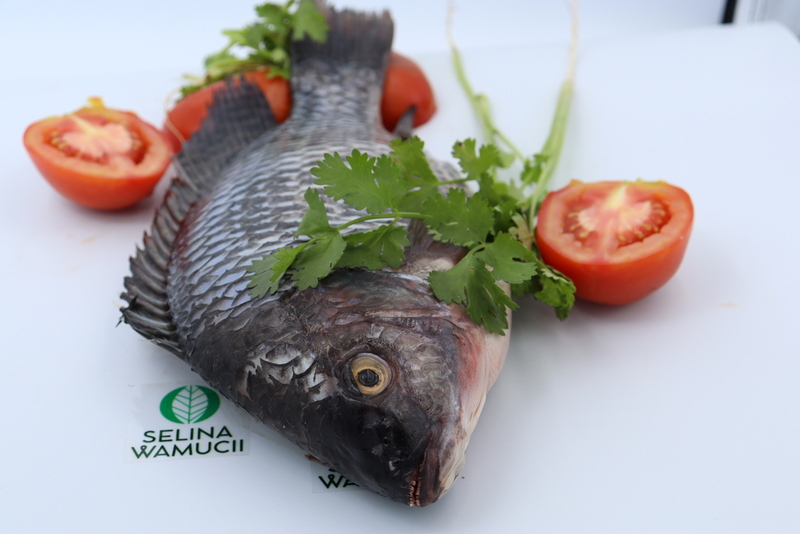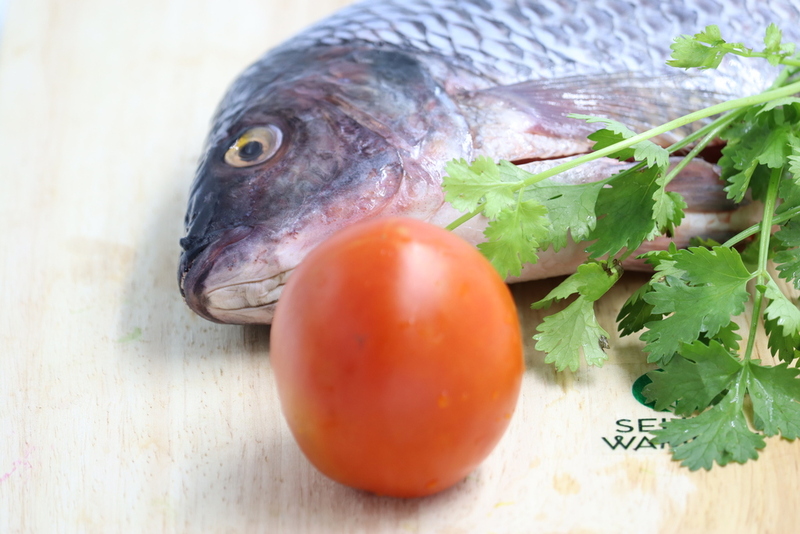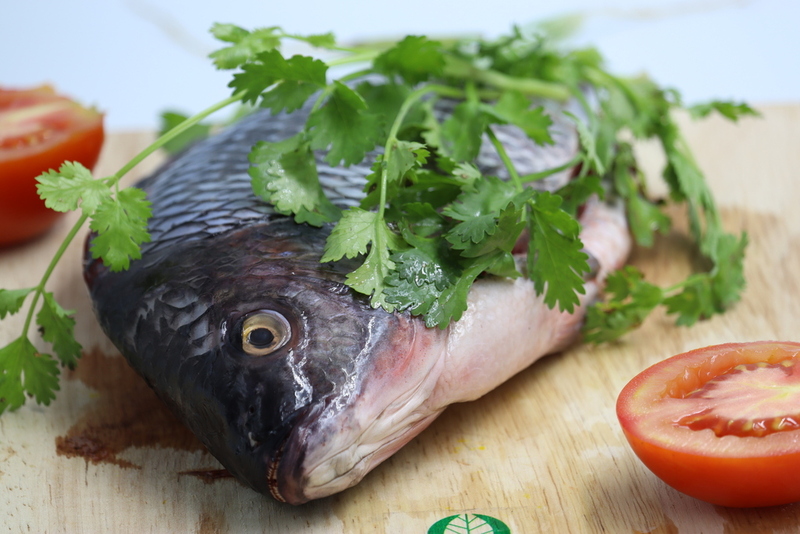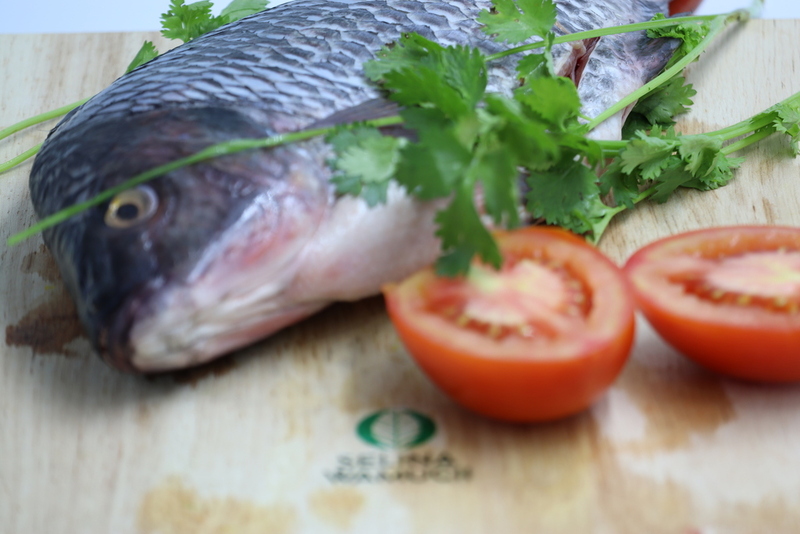Buy Madagascar Fish Directly From Exporters & Suppliers - Best of 2024 Market Prices
Get Instant QuoteMadagascar avails great quality Madagascar fish for local and international consumption. Artisan fishermen are the main sources as they produce over 80% of Madagascar fish all year round.
Introduction
Madagascar provides all types of fish. The country that is located in the Tropical Western Indian Ocean has one of the hugest marine wealth. This is attributed to its vast water resources. Its long coastline covers an about 5,000 kilometers. It also constitutes a main island and several smaller offshore islands. The main fishery models in the country are industrial fisheries and small scale fisheries. Small scale fisheries contribute sizable volumes to the entire Madagascar fish catch. The fishing sector is one of the most important pillars for the Madagascar economy. The country ranks as one of the poorest thus the sector comes in handy with the enormous revenue it generates. The abundant protein content that comes with the consumption of fish also ensures it provides food security for the countries residents. The sector creates over 200,000 jobs directly and indirectly for the locals. The rural communities depend on fishing for their daily income. In 2017, Madagascar fish exports were valued at $1 million dollars.
A majority of the small-scale artisan fishers use vessels and know the way around the waters well. Over the years the sector has faced many problems. Illegal fishing activities and degradation of water sources are some of the gravest challenges hampering the marine sector.
The state continues to lay down measures aimed at solving the existing challenges.
Varieties
Madagascar has a wide range of fish varieties. They include:
West Indian Ocean Coelacanth (Latimeria chalumnae) – Also known as the African Coelacanth, the fish is characterized by a dark blue color which helps it camouflage from prey. It feeds on other fish and squid. It averages 80 kilograms and 2 meters in length. The males are smaller in size than the females. They are also found in the South Africa coastline, the East African Kenyan coasts and Comoros. Due to the fact that it is endangered species, the Convection on International Trade does not allow the sale of these fish internationally or commercial purposes such as display of its specimens in the museums.
Paratilapia pollen (Paratilapia pollen) – It is the prevalent Madagascar fish species and its middle sized species resembles perch in shape. A typical male fish is 11 inches long while the female is half that length. The former pelvic fins are sharper and longer and their heads are rounder than those of the latter. Their distribution in the country is limited and is mainly sourced from the streams located north of Madagascar. They thrive in altitudes of up to 1500 m and between 12°-40°degrees Celsius.
Agonostomus telfairii (Agonostomus telfairii)-Also referred to as the fairy mullet its origin dates back to Eastern coast of Africa. Apart from Madagascar it is also found in Comoros, Mauritius, Mayotte and Reunion. It is characterized by a length of up to 75 centimeters. It is suited well to freshwaters as well as marine waters.
Dipturus crosnieri (Dipturus crosnieri)-Popular as the Madagascar skate, it is extensively sourced from the Nosy B area located along the northeastern and southwestern coast of Tulear. It is one of the smallest fish from Madagascar averaging 61 centimeters and thrives in the open seas. Artisanal fishermen keep off the use of wet trawling gears which have adverse effects on these species.
There other native species which include Fairy Mullet, West Indian Ocean Coelacanth, Madagascar Skate, Marakely, Songatana, Kotsovato, Trondo Mainty, Chinestripe Goby and Damba Mipentina.
Benefits of fish
Fish have a wide range of nutritional values. Fish has high nutrient value such as soluble vitamin D which acts as steroid hormone to the human body. The plenty Omega-3 fatty acids that fatty fish contain help the brain and body to perform at optimum levels. Eating fish once or more times in a week has been linked with reduced cases of heart diseases and stroke. The omega-3 fatty acids also reduce chances of depression and make one much happier. Fish also prevent asthma in children and loss of vision during old age.
Export forms
Madagascar fish is channeled to the export markets in various forms. The three main forms are the fresh, frozen or chilled forms.
Markets
The largest destination for Madagascar fish exports is the Reunion. However, the country has vast marine wealth due to the wide range of seafood sourced from the African nation. Its other marine species biggest markets are as follows:
- Shellfish- France, India, Italy and Germany.
- Shark fins- China and Singapore.
- Lobster- France.
- Crabs- Mauritius and Reunion.
- Sea Cucumber- Hong Kong and Singapore.
- Shrimps- It is the major export for the Madagascar fisheries sector. The main destinations for Madagascar shrimps are Europe, Reunion, Mauritius, USA and Japan.
Harvesting, packing and transportation
Madagascar fish are caught under phytosanitary conditions and the first thing fishermen do is to sterilize the fishing gear. They are also highly-trained and have experience in fishing. The artisan fishers use canoes, motorboats and baskets to carry out fishing. Other tools used range from hand lines, rods, hooks, baits and catching nets.
The processing of Madagascar fish starts with sorting then grouping the characteristics. Removing guts, bleeding and proper cleaning of the fish using pure water follows.
All the fish inwards are extracted to prepare them for transportation to the packing shed. Fillets are retained. They are placed systematically in freezer bags. They are arranged one after the other and for easy identification same species are placed in similar bags.
Madagascar fish are packed in clad wrappers, ice-containing milk cartons and freezer bags. We pack Uganda fish in designate freezer bags, ice-clad wrappers. Each bag has all important details about the fish species including delivery condition, net weight and the health inspection date. The cargo is loaded into refrigerated vans and transported to the Ivato international airport shipping.
Madagascar fish is stored in rooms without light and moisture. The conditions are cool and dry. This ensures the fish maintains freshness.
Summation
Madagascar fish is handled under hygienic conditions to minimize cases of contamination. Clients are free to order any quantity, kind and form of Madagascar fish be it the natural, fresh or chilled. The prices are also relatively fair. Make your order!
Get Instant Quote
Are you a producer of Madagascar Fish or other products?
Sign up today for FREE to buy or sell Madagascar Fish.





